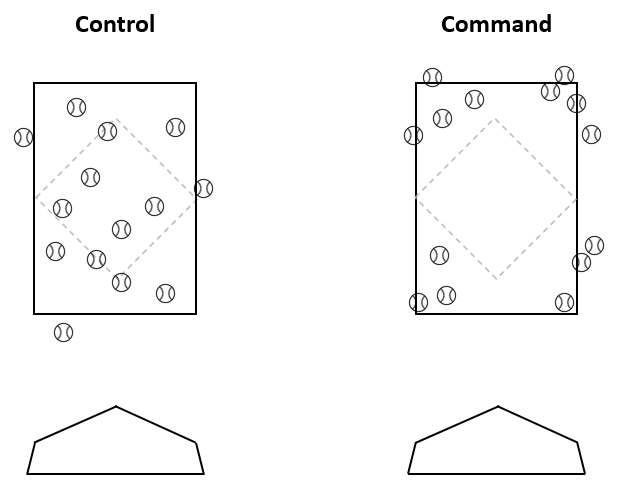Is Aaron Judge Really Unclutch?
A few days ago, I read an article on FanGraphs that flew in the face of everything I wanted to believe. This article told me that Aaron Judge — the man who holds the record for the most home runs hit in a season as a rookie — was not clutch. As a lifelong Yankee fan, I immediately got defensive. It didn’t matter that I wasn’t really sure that I even believed that “clutch” existed. Or, at the very least, I wasn’t sure we were measuring it correctly.
I decided to go a different route. I decided to go back in time, and replace Aaron Judge with a completely league average player…in every situation he was in. I took every plate appearance, from every base-out situation from 2014 through 2017, and averaged some random samples to find out exactly how many runs a hitter was expected to generate (xRBI). How many more runs did Aaron Judge force across the plate than the average player (RBI – xRBI)? So I calculated some xRBIs…because I like to pluralize RBI. My distribution of dRBI was a bit skewed — so I adjusted for HRs (high HR rates would inflate your RBI over your xRBI…but solo shots are still valuable things), and SOs (because strikeouts provide essentially no opportunity to bring in a run). Now, my distribution looked more normal.
And here we have it! Aaron Judge’s 2017 ranks….879th out of 954 hitter-seasons with 350+ PAs?! Dammit. Apparently Aaron Judge, based on the base-out opportunities he’s been provided, drove in 10 fewer runs than we should have expected. Womp womp.
What does this tell us? You know…I’m not really sure. Here’s the top 15 player-seasons:
name Season PA OBP HR K.rt RBI xRBI dRBI 1 Miguel Cabrera 2014 685 0.371 25 17.08 109 83.03 25.97 2 Nolan Arenado 2015 665 0.323 42 16.54 130 106.55 23.45 3 Mike Trout 2014 705 0.377 36 26.10 111 88.87 22.13 4 Robinson Cano 2014 665 0.382 14 10.23 82 61.04 20.96 5 Michael Taylor 2015 511 0.282 14 30.92 63 43.13 19.87 6 Devin Mesoraco 2014 440 0.359 25 23.41 80 60.15 19.85 7 Nolan Arenado 2017 654 0.369 35 15.90 126 107.23 18.77 8 Giancarlo Stanton 2014 638 0.395 37 26.65 105 86.28 18.72 9 Ryan Braun 2014 580 0.324 19 19.48 81 62.53 18.47 10 Justin Morneau 2014 550 0.364 17 10.91 82 64.13 17.87 11 Matt Kemp 2015 648 0.312 23 22.69 100 82.15 17.85 12 Paul Goldschmidt 2014 479 0.392 19 22.96 69 51.28 17.72 13 David Ortiz 2014 602 0.355 35 15.78 104 86.35 17.65 14 Yoenis Cespedes 2014 645 0.301 22 19.84 100 82.69 17.31 15 David Ortiz 2016 626 0.401 38 13.74 127 109.82 17.18
They’re all pretty good. Were these the most clutch guys? I’m not really sure where I’m going with this. I’m not even sure if I’m going anywhere with it. I guess it’s just a different way to think about clutch. My process doesn’t take the game score into consideration. It doesn’t take into consideration whether or not a player is playing at home, or any other context for that matter. But in trying to quantify a relatively subjective stat…should any of that matter?










